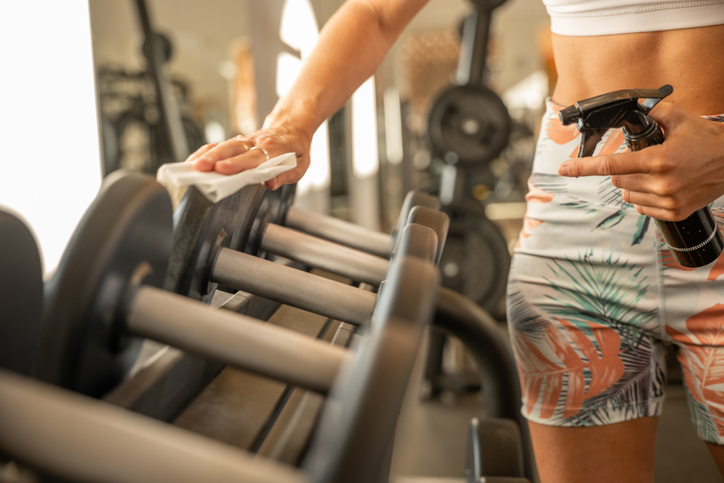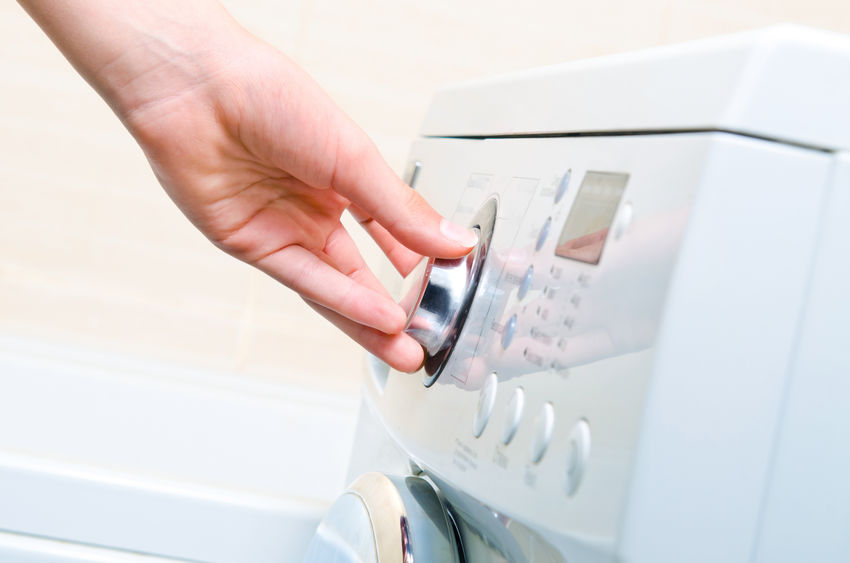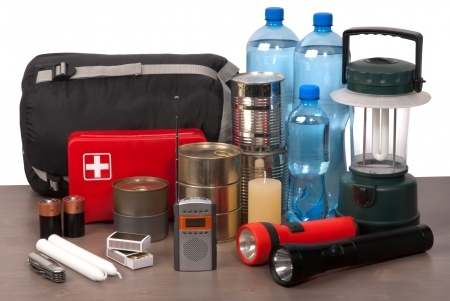How To Beat Germs at The Gym
How to beat germs at the gym. A serious sweat sesh might be just what the doctor ordered to help relieve stress and keep you healthy in these trying times.
Good idea (mostly). If it weren't for those pesky germs at the gym. It turns out fitness junkies have some nasty habits.
According to a survey of 2,000 people conducted by Nuffield Health, a UK health firm, 74 percent said fellow gym-goers didn't wipe down sweaty equipment; 49 percent used water bottles, towels, and toiletries that weren't theirs; 18 percent went to the gym sick; and 16 percent didn't wash their gym clothes between workouts.
That said, there's no need to scrap the workout plan altogether. Instead, here's how to beat germs at the gym and stay healthy.
Wipe, Wash, Wipe
Gyms can be gross, but there's no scientific evidence that germs at the gym will make you sick. For a cleaner workout session, continue doing what you already do (i.e., wiping down surfaces you frequently touch) and practice good gym hygiene.
These simple steps will limit exposure to gym germs that cause cold, flu, norovirus, athlete's foot, and staph infections.
Keeping your hands clean with hand sanitizer and wiping down each machine or set of weights before and after using disinfectant wipes provided by your gym will help keep germs at bay.
Shower Smarter to Beat Germs at the Gym
When it's time to hit the showers, don't go barefoot. Although they're not foolproof, wearing slip-resistant flip-flops in the shower will provide a barrier between you and the floors. After you've cleaned up your act, pop the flops in a plastic bag.
Fungal spores can still get on your shower shoes, however. To minimize the risk, soak your shower shoes in a diluted bleach solution occasionally. That safeguard alone will help keep them and your feet as clean and fungus-free as possible.
Cleaning Gym Gear and Clothes
Dark, moist gym bags are ideal growing grounds for fungi. To keep your gym bag clean:
Put your dirty duds and workout shoes in a plastic bag before tossing them into your gym bag.
When you get home, wipe them clean (including the bottoms) with a disinfecting wipe. Allow them to air dry. Once a month or so, send mesh and canvas gym shoes for a spin in the washing machine.
A recent CDC report found that illness-causing bacteria and infectious diseases could live on your footwear. You don't have to let the freeloaders stay, however.
Send mesh and canvas shoes for a spin in the washing machine in hot water and a bleach-containing laundry detergent if the fabric allows. Tumble dry on medium heat.
Clean leather shoes with a cotton or microfiber cloth dipped in cold water and a squirt of dishwashing liquid to remove visible dirt.
To disinfect leather, dampen a clean microfiber cloth with 70 percent isopropyl (rubbing) alcohol. Test it on an inconspicuous spot on your shoes, then gently blot-clean the surface.
HOT, WARM, OR COLD?
When it's time to select a laundry-wash setting and temperature to beat germs at the gym, let your fabrics determine the cycle: heavy items like sweat pants and sweatshirts get the normal or regular cycle, delicate sports bras and yoga pants do best in a gentle cycle, and so on, according to the label.
How important is the right wash water temperature?
It directly affects how well your laundry detergent cleans and the life span of your workout clothes and gym bags.
Fast Colorfastness Test
How can you tell if an item is "colorfast"? Do the cotton swab test. Place the inner seam of a shirt or workout pants on a paper towel, then soak a cotton swab with cool water and press down on the seam. If no color appears on the swab, it's colorfast and safe to wash.
Hot Water: Use hot water to sanitize germs at the gym that have hitched a ride home on your clothing or gear.
Generally speaking, very dirty workout clothes and gym bags that have seen floor time and sturdy colorfast fabrics that retain their dye can be washed in hot water. (Whites warrant the solo treatment, no matter what the temperature.)
Warm Water: Warm temperature water minimizes color fading. Choose it to wash regular and sturdy fabrics, gym towels, 100 percent manufactured fibers (think gym bags), and moderately soiled stuff.
Cold Water: Use cold water for dark or bright colors that may run or fade, delicate fabrics, including activewear and lingerie, and lightly soiled gym clothes.
Always use cold water for clothes stained with blood or coffee. A cold-water rinse can save up to one-third energy and minimize wrinkling in synthetic fabrics.
- Clean Home
- Clean
- Beat Germs at the Gym




















